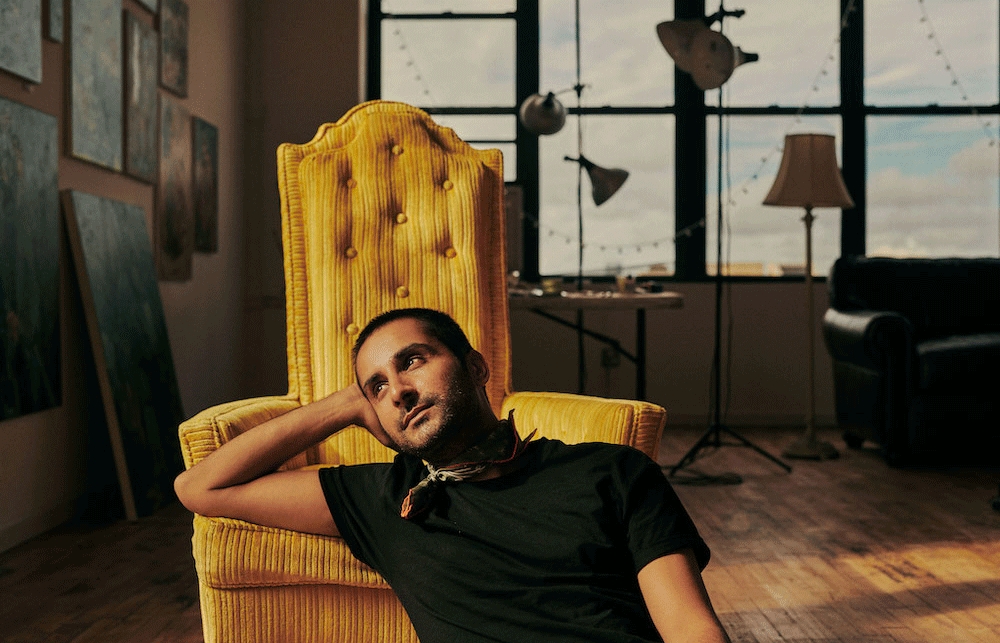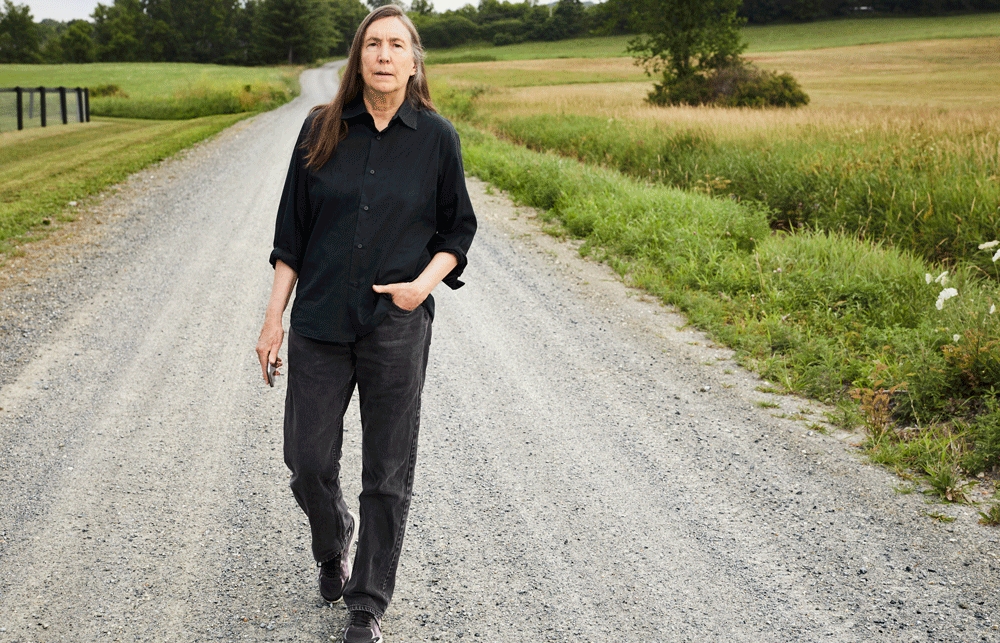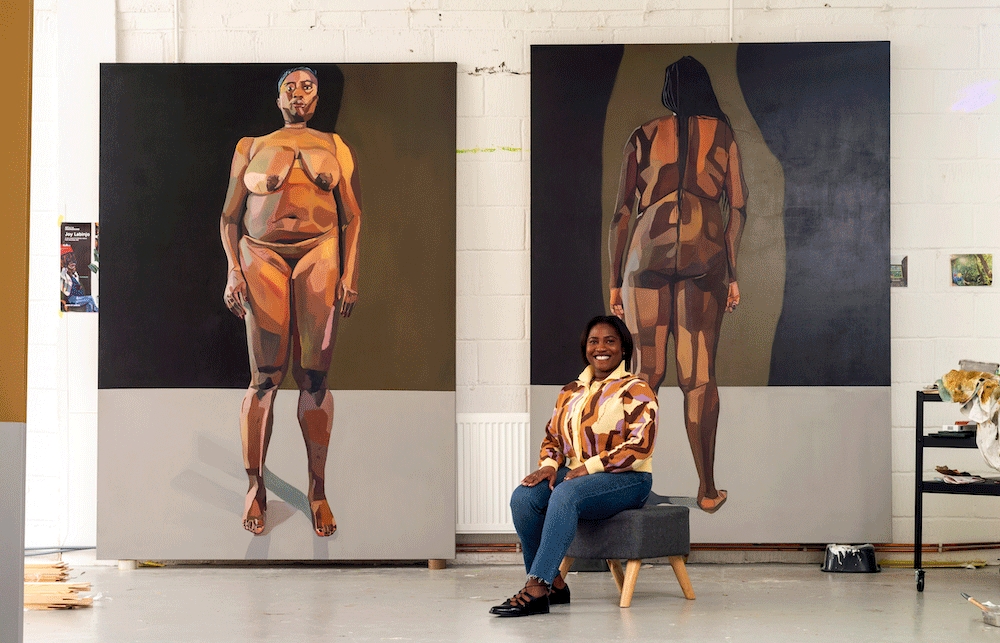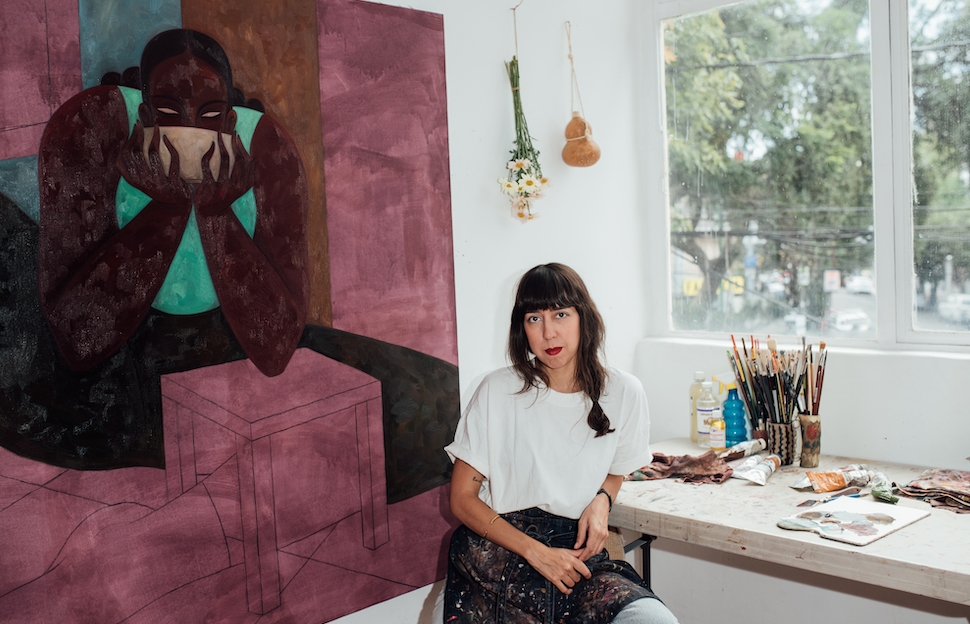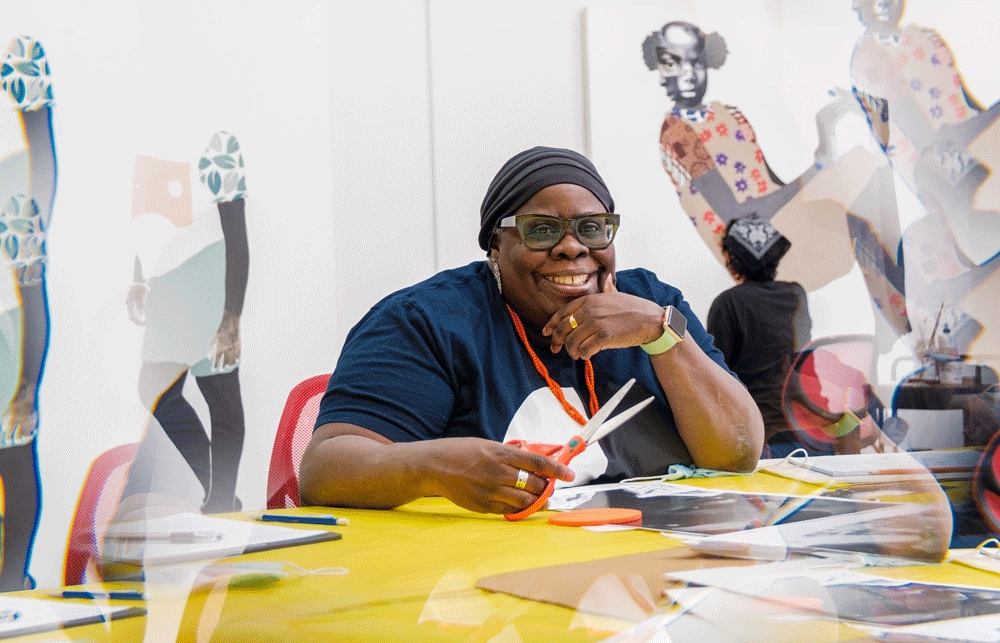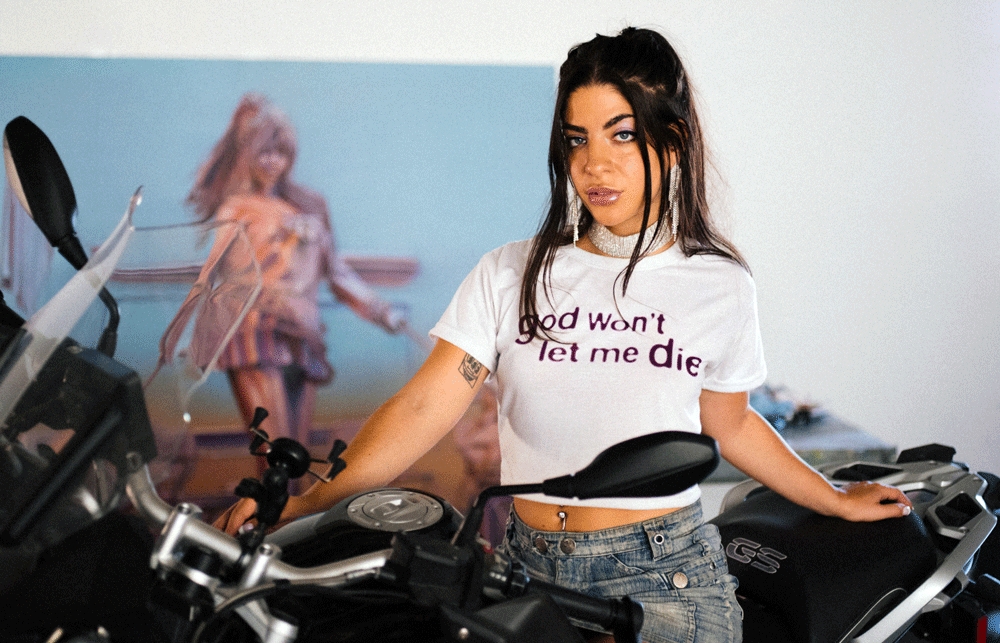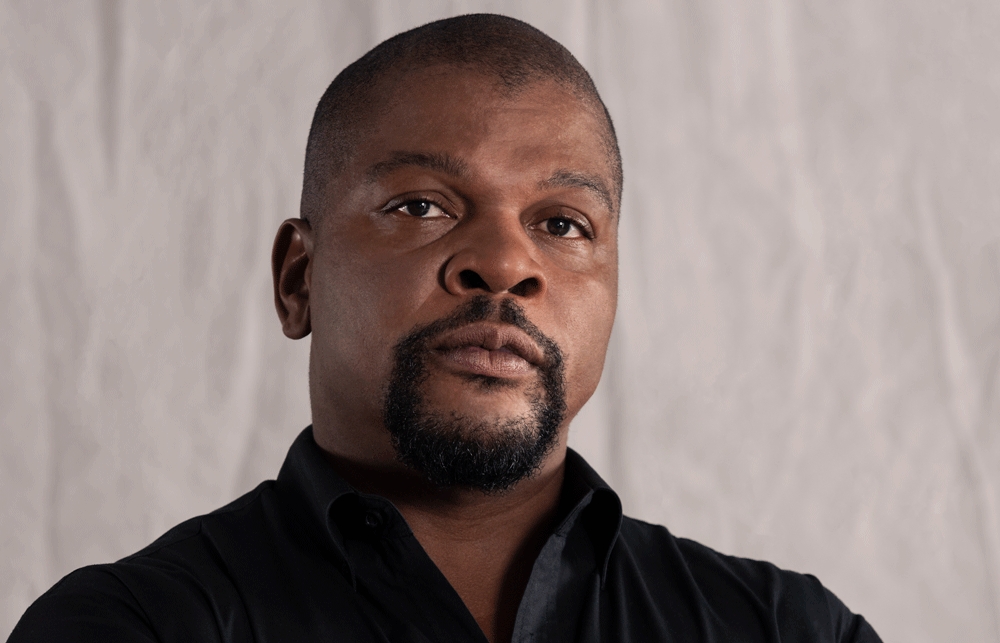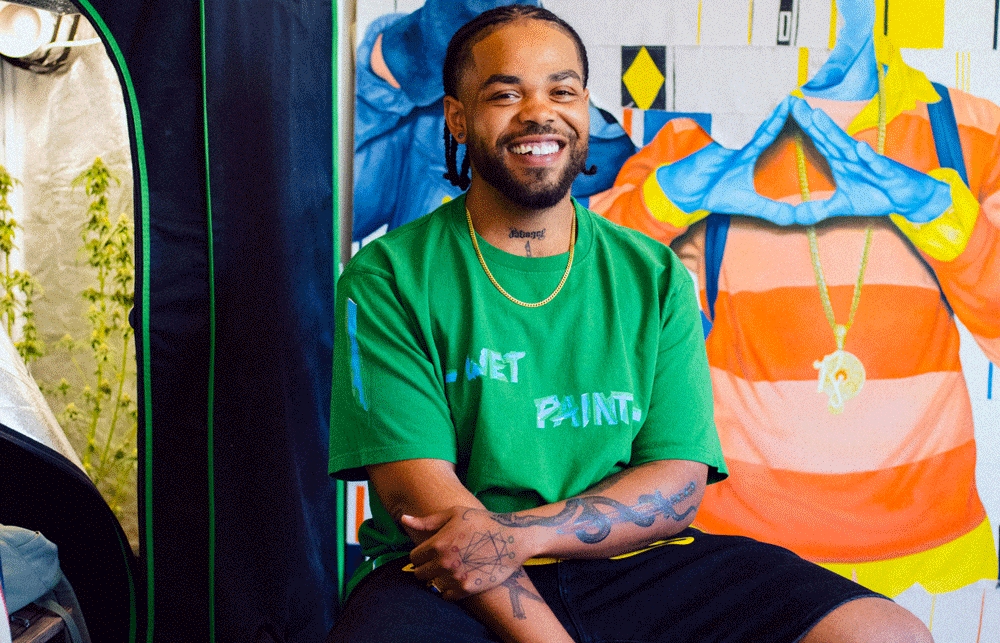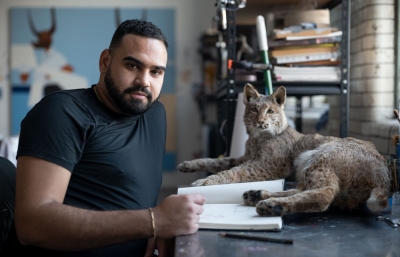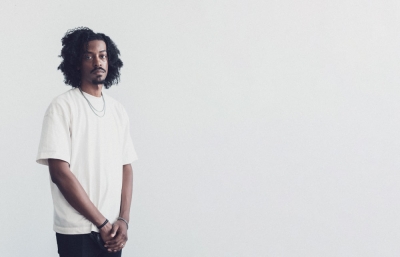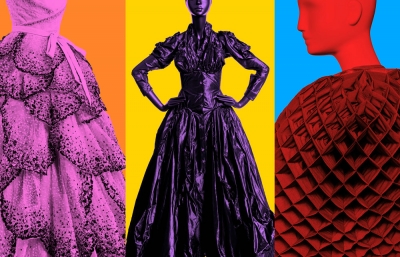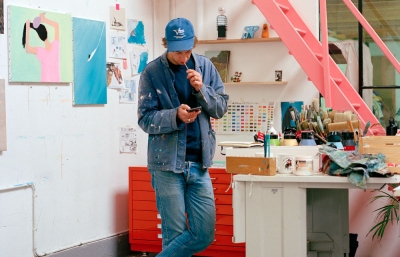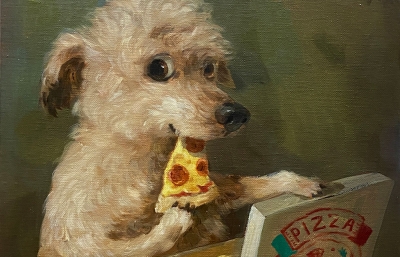The best part about making a list of our most read features of 2022 (all from our Print Quarterly, which you can subscribe to here) is that its all about you, the reader. You made these choices yourself. As with every year, we feature over 40 artists in our long format interviews and essays over a given calendar, and in 2022, we traveled the world once againto tell the stories of the bluest blue chippers to the most talked about underground voices in contemporary art. So what did you read the most? Here's the Top 10 most read features of 2022...
Salman Toor, From Pakistan With Love, by David Molesky, Winter 2022
"I've tried to merge a sense of living in downtown Manhattan and working in Bushwick with memories of defining experiences in Lahore and try to make them into one story. It’s a way of coming from Lahore and then being an improbable inheritor and absorber of the heritage of the LGBTQIA+ liberation movements of the 60s and 70s and the aids epidemic of the 80s, as well as the vital questions about gender and sexuality we are lucky enough to be able to explore in a place like NYC."

Jenny Holzer, Righteous Rage, by Carlo McCormick, Summer 2022
"When it comes to measuring a career over many decades, in considering an entirety while tracking specificity as it evolves through time, there are those rarest of artists who maintain a continuity, orbiting a creative center of gravity in ways both contiguous and contingent, while embracing change in ways that seem entirely unpredictable. For Jenny Holzer this kind of sustained development has typically revolved around fundamental shifts in topicality and media. If earlier bodies of work centered on the structural dynamics of power, subsequent endeavors could take on a variety of social issues, most recently addressing existential crises such as gun control, climate change and voting rights." —Carlo McCormick
Emma Stern, Complex Gods, by Kristin Farr, Fall 2022
"It’s not so much that I can see the future, but if you follow my formula, you can indeed predict things with startling accuracy. Not to brag, but I did correctly predict the Sex and the City reboot, the Juicy Couture rebrand, and the return of French tip manicures months before the rollout."
Joy Labinjo, Fun & Games, by Shaquille Heath, Spring 2022
"In one word, I will say history. In the sense that I'm researching and reading a lot, and looking to the past to make the work I’m making now. But it's still feeding on some of the things we've already discussed. So basically, when George Floyd was killed, and I was going through Facebook comments and just every day reading an article posted for bait, and I began to realize how little people know about British history, how Black people came to be in Britain, or even what Britain did to the rest of the world. So I'm looking at Olaudah Equiano and Ignatius Sancho. They helped to abolish slavery. But I was also just thinking about general education and the many rules in place that the general public isn’t privy to about what teachers are allowed to teach and how the curriculum is configured."
Troy Lamarr Chew, The Visual Linguist, by Evan Pricco, Fall 2022
"The series is called Out the Mud. I got the phrase from hip-hop. It's the idea of starting from nothing, out of the dirt. And then when I got to grad school, I learned about African cloth made in Mali, made from mud, and then I was like, “Wow, it's literally out of the mud.” But nobody really knew what the fuck I was talking about because I was in art school. They're like, "Oh yeah, it's out the mud." I just saw the connection and thought about how I can combine hip hop and our cultural fabric. The fact that I never even heard about Mali and mud cloth was like a connection for me linking the hip-hop world with the Old World where we come from. It's a West African country and that's where most of the slaves would come from. I turned it into a series where I planned and plan to work with all the West African countries and kind of use the cloth, learn about what it was made for, what they did with it, and then combine it with what I see within our culture now."
Deborah Roberts, The Smooth Spot, by Charles Moore, Fall 2022
"It's really hard taking faces of loved ones or friends and destroying them because that's what you have to do in order to get the type of collages I need. And the type of idea of people not seeing humanity that exists in Black people. So cutting them up and not saying, look, we're not this monolithic idea of Blackness. Blackness means a lot of stuff. It's vast and it's moving and it's growing. So just taking one face is not enough. So that's what I used to do, and my third grade face is just—I was a little kid, it's me, but I don't remember that person or I'm separate from that child so that I can do that. So I don't want to do portraiture in that sense of the work. But I want to tell a story with that face."
Thom Yorke and Stanley Donwood of Radiohead, The Kid A Mnesia Files, by Doug Gillen and Evan Pricco, Winter 2022
"It's slightly different with music because music evolves over time, everything's a division of time. Whereas with art, you're working with a still moment, in theory. Click. Does that make sense? That sort of makes sense. No matter what you do with music, you're working with patterns. It doesn't matter what you do, doesn't matter how. It's a patent of some description, whether it's even just sound waves that are bouncing against each other, they form a pattern as they do that. Whereas with art, it's a different part of you. Sometimes to me, an emotional response to a piece of art is like being shown something you've wanted to see for the first time. It's like something you'd hoped you'd see and then eventually, someone's done it. I have the same thing with music though. If I listen to a piece of music, it's like, 'Thank God, someone's finally done that because that needed to be done.'"

ARYZ, The Big Moves, by Evan Pricco, Summer 2022
"I feel we put a lot of energy into projects that occasionally were not worth it. Okay, we were getting our trip and materials paid. And sometimes we even had a hotel; but there were also times when the “place” to stay was baaaad! And, of course, at times, we had to pay for our meals, too. My feeling is that many times we put in more from our part than organizers did from theirs. It was good when the conditions were clear from the very beginning, so you knew where you were going. If they had a lower budget but people were nice, intentions were good and things were smooth, projects were welcome. There were also some good projects where things were smooth, but those were rare." 
Hilda Palafox, The Hidden Vessel, by Gwynned Vitello, Winter 2022
"I loved my art school years. I remember them very fondly. I really enjoyed all the projects, the working sleepless nights and the creativity flowing everywhere. There was so much talent. My world expanded exponentially and I met some of my best friends to date. When I started to work in advertising, I actually thought it was the best thing that could ever happen to me! Ha ha… Everybody said it was the best job, but I realized very quickly that it was not what I expected, that it was not what I wanted to do for the rest of my life. I was just not as passionate and committed as some of my colleagues, you know? I saw them getting very excited about winning a Cannes Lions award and I was like, “hmm... OK, whatever.” I definitely learned a lot and I do not regret it. I am one of those people who think that everything happens for a reason. So I took what I needed from that experience and continued flowing."
Kehinde Wiley, Magic, by Shaquille Heath, Fall 2022
"I don't feel any obligation to make any certain type of work. I feel drawn to making work in response to vulnerability and states of power in painting. The core DNA of my work is about the impossibility of the type of masculinity that's being beamed into the world by virtue of American culture. I certainly look forward to making art in a world in which these types of other answers were not possible."

